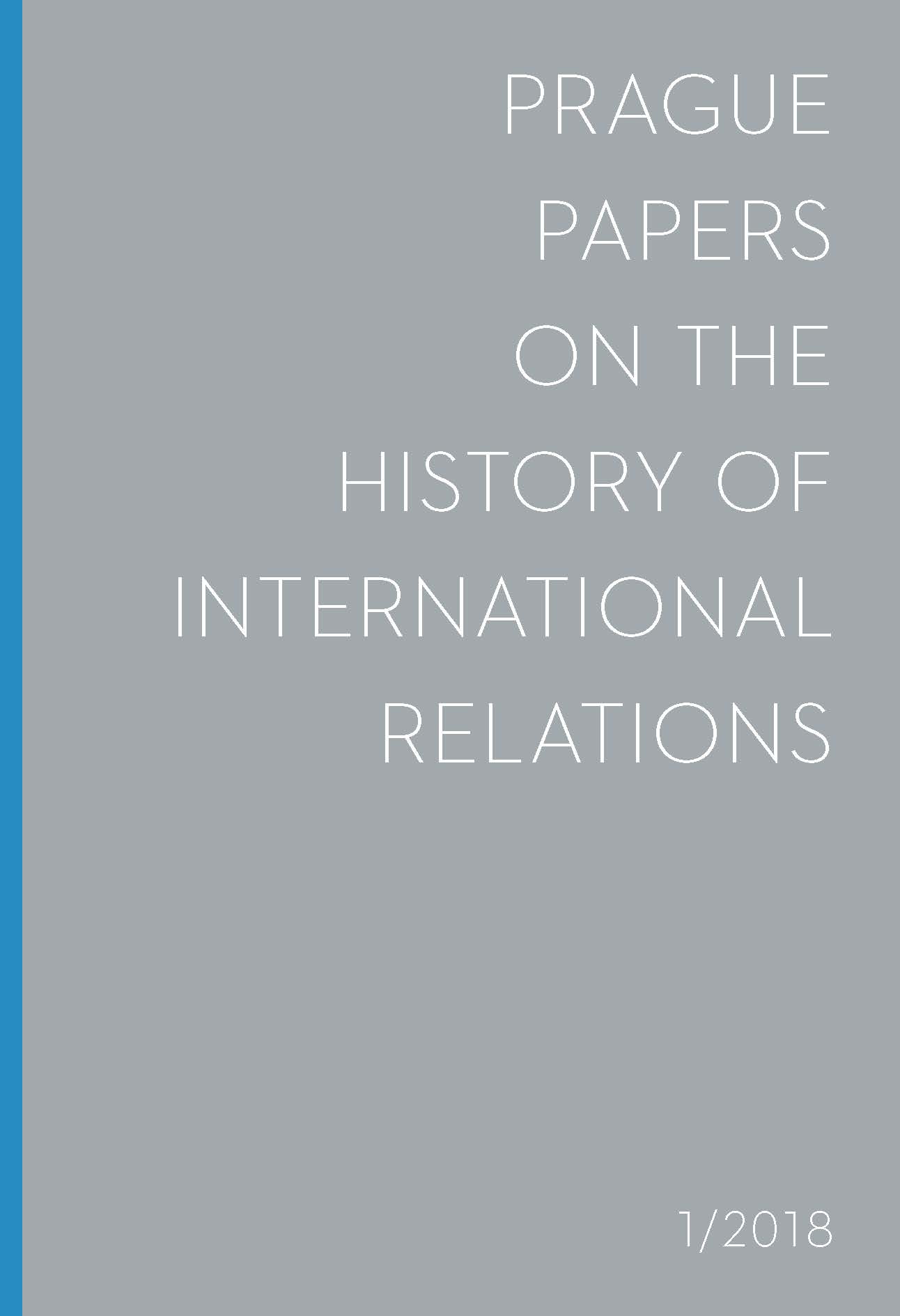Translations of Historical Writings Composed and Read in the Czech Lands up to the Hussite Revolution and Their Audience
Translations of Historical Writings Composed and Read in the Czech Lands up to the Hussite Revolution and Their Audience
Author(s): Marie BláhováSubject(s): Czech Literature, 15th Century
Published by: Univerzita Karlova v Praze - Filozofická fakulta, Vydavatelství
Keywords: Translations; Historical Writings; Czech Lands; Middle Ages; Latin; Czech; German;
Summary/Abstract: As with most of the Latin cultural circle countries, the oldest written texts, including the historical writings, in the Czech Lands were written in Latin. In Bohemia, the first translations of texts on historical topics into vernacular languages appear in the second half of the 13th century. It begins with loose adaptations of “common historical” topics, such as the life of Alexander the Great, in German and from the end of the 13th century also in Czech. In the first half of the 14th century we can find real translations of historical texts, not from Latin into vernacular language, but on the contrary from Czech into Latin and into German (Chronicle of so called Dalimil). Following are the German chronicles in verse, already translated from Latin. While the Latin translation was probably meant for a highlevel laic, the German texts were written for the German monks living in the Bohemia, and perhaps for the Prague patricians. Further translations of historical texts were being written from the second half of the 14th century. Those are the translations of the official historical works from the Charles IV era into Czech, later also into German for the citizens of “incorporated lands of the Bohemian Crown”. At the end of the 14th and at the beginning of the 15th century, even the “common” texts of Latin culture were translated into Czech, such as Peter Comestorʼs Historia scholastica, Martin of Opavaʼs Chronicon pontificum et imperatorum or the German chronicle of Jacob Twinger of Königshofen. However, the readers were much more interested in pseudo-historical light literature. The translators were among the clergymen, but also laymen, and the translated texts were primarily meant for laic readers. In the 15th century, the Czech history was being translated also outside the Czech borders, mainly in Bavaria.
Journal: Prague Papers on the History of International Relations
- Issue Year: 2018
- Issue No: 1
- Page Range: 42-57
- Page Count: 16
- Language: English

